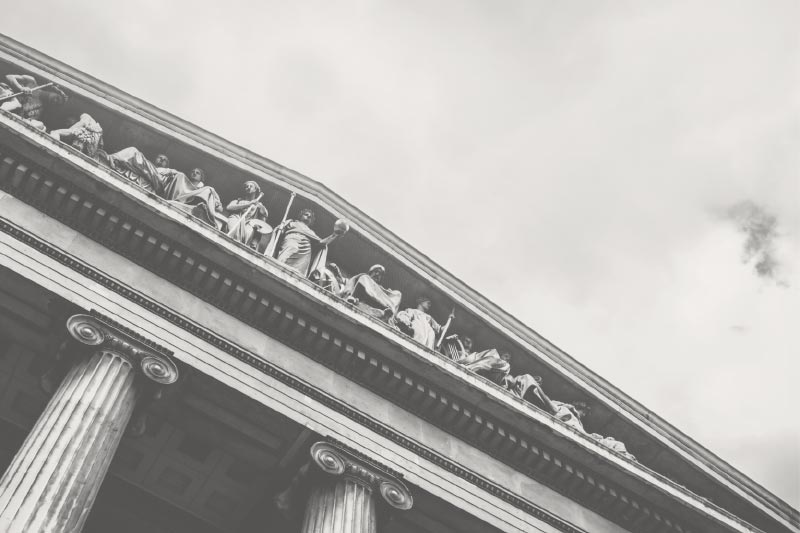Summary of June 29, 2012 Appellate Decisions
COVERAGE FOR DAMAGE RESULTING FROM DEFECTIVE WORKMANSHIP
Town & Country Property, LLC v. Amerisure Insurance Company, No. 1100009 (Ala. June 29, 2012).
The June 29, 2012 Supreme Court of Alabama decision marked the second appeal for this matter. Previously, the Court held that Amerisure was not obligated to pay a $650,100 judgment against its insured to the extent that the damages arose from poor-quality construction which did not constitute an “occurrence” under Amerisure’s commercial general liability insurance policy. However, the Court recognized that if a portion of the judgment was intended to compensate T&C for damage to personal property caused by the initial poor-quality construction that such damages would be covered.
The second appeal focused on T&C’s proof of this resulting damage. As regards claims that concrete walls, concrete display pads, retaining walls, insulation, and floors of the facility were damaged as a result of other defective construction, the Court noted that it would be inappropriate to consider that damage under the CGL policy given T&C’s prior claim that these items had, too, been defectively constructed and required repair or replacement.
In total, the Court held that Amerisure was obligated to pay $600.00 in damages, given its acknowledgment that non-defective ceiling tiles were damaged by roof leaks caused by poor workmanship.
COLLATERAL SOURCE
McCormick v. Bunting, No. 2100985 (Ala. June 29, 2012).
Following the reasoning of the 2011 Crocker v. Grammar, So.3d decision, the Alabama Court of Civil Appeals reversed judgment in favor of the Plaintiff in a case arising out of an automobile accident where the Defendant was not allowed to introduce evidence of payment of medical bills by the Plaintiff’s insuror. Again, the Court held that the jury should have the discretion to adjust the damage award on account of the evidence relating to collateral-source payments.
ISSUE PRECLUSION – DEFAULT JUDGMENT
Malfatti v. Bank of America, N.A., No. 1101112 (Ala. June 29, 2012).
In answering a certified question from the United States Bankruptcy Appellate Panel of the Court of Appeals for the Ninth Circuit, the Alabama Supreme Court held that a default judgment, entered as a discovery sanction, does not provide for the application of the doctrine of collateral estoppel or issue preclusion. For the doctrine of collateral estoppel to apply, the following elements must be established:
(1) That an issue in a prior action was identical to the issue litigated in the present action;
(2) That the issue was actually litigated in the prior action;
(3) That resolution of the issue was necessary to the prior judgment; and
(4) That the same parties are involved in the later action.
The Court confirmed that a default judgment entered as a discovery sanction is procedurally no different from a default judgment entered upon the party’s failure to answer and defend, and neither has an issue-preclusive effect because a default judgment does not satisfy the requirement that the issue has been “actually litigated” in the prior action.
OBJECTION TO SUMMARY JUDGMENT EVIDENCE
Perry v. Federal National Mortgage Association, No. 2100235 (Ala. June 29, 2012).
This Court of Civil Appeals decision presents a fact-specific challenge to a summary judgment entered in favor of the Federal National Mortgage Association (“Fannie Mae”) in an ejectment action. Notably, Plaintiff’s assertion that an Affidavit relied upon in support of the summary judgment motion contained inadmissible testimony was rejected as Plaintiff failed to preserve the issue for review. Any challenge to evidence allegedly violating Ala. R. Civ. P. 56(e) must be made via a Motion to Strike. An objection to the inadmissible evidence alone is not sufficient.
